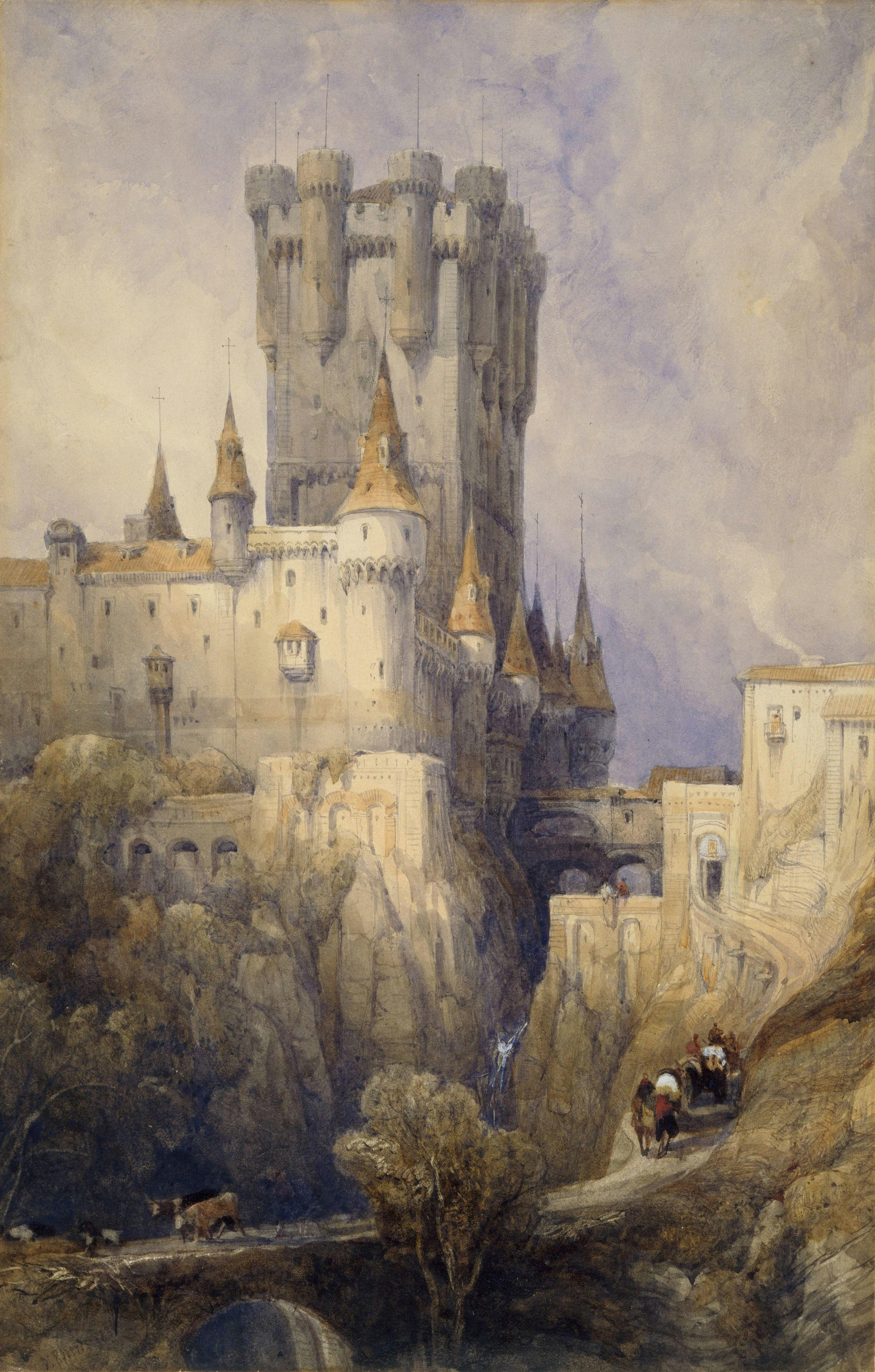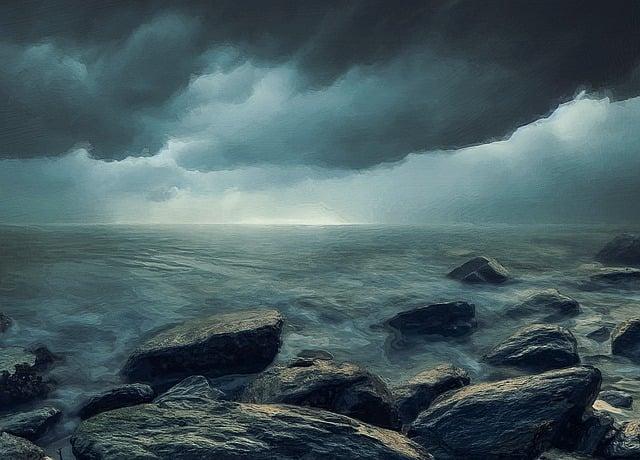In the realm of cinematic magic, where imagination knows no bounds, digital matte paintings stand as silent architects, crafting worlds beyond our own. These artistic marvels, blending the line between reality and fantasy, transform mere screens into vast landscapes and ethereal vistas. As filmmakers strive to transport audiences to realms unseen, digital matte paintings emerge as essential tools, painting scenes with strokes of creativity and technology. This exploration delves into how these visual masterpieces are meticulously crafted and seamlessly integrated, creating the stunning environments that captivate and inspire on the silver screen.
The Artistry Behind Digital Matte Painting Techniques
At the intersection of technology and creativity, digital matte painting transforms the cinematic landscape into breathtaking realms. Artists employ a blend of traditional painting skills and cutting-edge software to craft expansive vistas and intricate environments that transport audiences to places both real and imagined. These skilled artisans leverage tools like Adobe Photoshop, Autodesk Maya, and Nuke to layer textures, colors, and light, achieving a seamless blend with live-action footage.
- Photo-Realism: Achieving an authentic look that mirrors reality, enhancing the narrative without distracting from it.
- Versatility: Whether it’s a bustling futuristic city or a serene alien landscape, the possibilities are endless.
- Efficiency: Streamlining production timelines by creating complex scenes digitally, reducing the need for costly sets.
Digital matte painting not only enriches the visual storytelling but also pushes the boundaries of what’s possible on screen, providing filmmakers with a versatile toolkit to bring their most ambitious visions to life.

Integrating Digital Landscapes into Cinematic Worlds
In the realm of filmmaking, digital matte paintings have become a cornerstone for crafting breathtaking environments that transport audiences into the heart of cinematic worlds. By blending traditional artistry with cutting-edge technology, filmmakers can conjure landscapes that are both fantastical and hyper-realistic. These digital canvases serve as the backbone for many films, allowing directors to create expansive vistas and intricate cityscapes that would be impossible or prohibitively expensive to construct physically.
Key benefits of digital matte paintings include:
- Versatility: Artists can seamlessly integrate different elements, from sweeping mountain ranges to bustling urban environments, tailoring each scene to the narrative’s needs.
- Cost-effectiveness: By reducing the need for location shoots and physical sets, productions can allocate resources more efficiently, without compromising on visual grandeur.
- Enhanced Creativity: The digital medium allows for limitless creativity, enabling filmmakers to explore themes and settings beyond the constraints of reality.
Crafting Realism: Tools and Software for Matte Painters
In the realm of digital matte painting, achieving realism is both an art and a science, requiring a mastery of various tools and software. Adobe Photoshop remains a staple for its robust capabilities in texture and detail work, allowing artists to manipulate layers with precision. Autodesk Maya and 3D-Coat offer powerful 3D modeling and sculpting features that enable the creation of intricate landscapes and structures. For those seeking to integrate 3D elements seamlessly into their work, Cinema 4D provides dynamic rendering options.
Many artists also turn to Nuke for compositing, utilizing its node-based interface to blend elements flawlessly. Blender, with its open-source flexibility, is increasingly popular for both beginners and professionals looking to craft complex scenes without breaking the bank. Other essential tools include:
- Corel Painter: Known for its realistic brush strokes and texture capabilities.
- Substance Painter: Ideal for texturing 3D models with high levels of detail.
- Krita: A free alternative for digital painting, offering a wide range of brushes and features.
Mastering these tools not only enhances the visual impact of film environments but also expands the creative possibilities for artists, pushing the boundaries of what can be achieved on screen.

Expert Tips for Aspiring Digital Matte Artists
To excel in the art of digital matte painting, embracing both creativity and technical skill is crucial. Start by mastering the basics of traditional painting and photography. Understanding light, color, and composition will provide a solid foundation for crafting believable environments. Study real-world landscapes and gather a library of reference images to draw inspiration from.
- Stay updated with software advancements: Familiarize yourself with tools like Adobe Photoshop, Nuke, and Maya, as they are integral to the process.
- Practice seamless integration: Your work should blend effortlessly with live-action footage, requiring a keen eye for detail and perspective.
- Build a strong portfolio: Showcase a variety of styles and techniques to demonstrate your versatility and attract potential collaborators.
- Network with industry professionals: Join forums, attend workshops, and participate in online communities to exchange knowledge and gain insights.
By honing these skills and continuously seeking inspiration, you can create stunning, immersive environments that captivate audiences and elevate cinematic storytelling.

